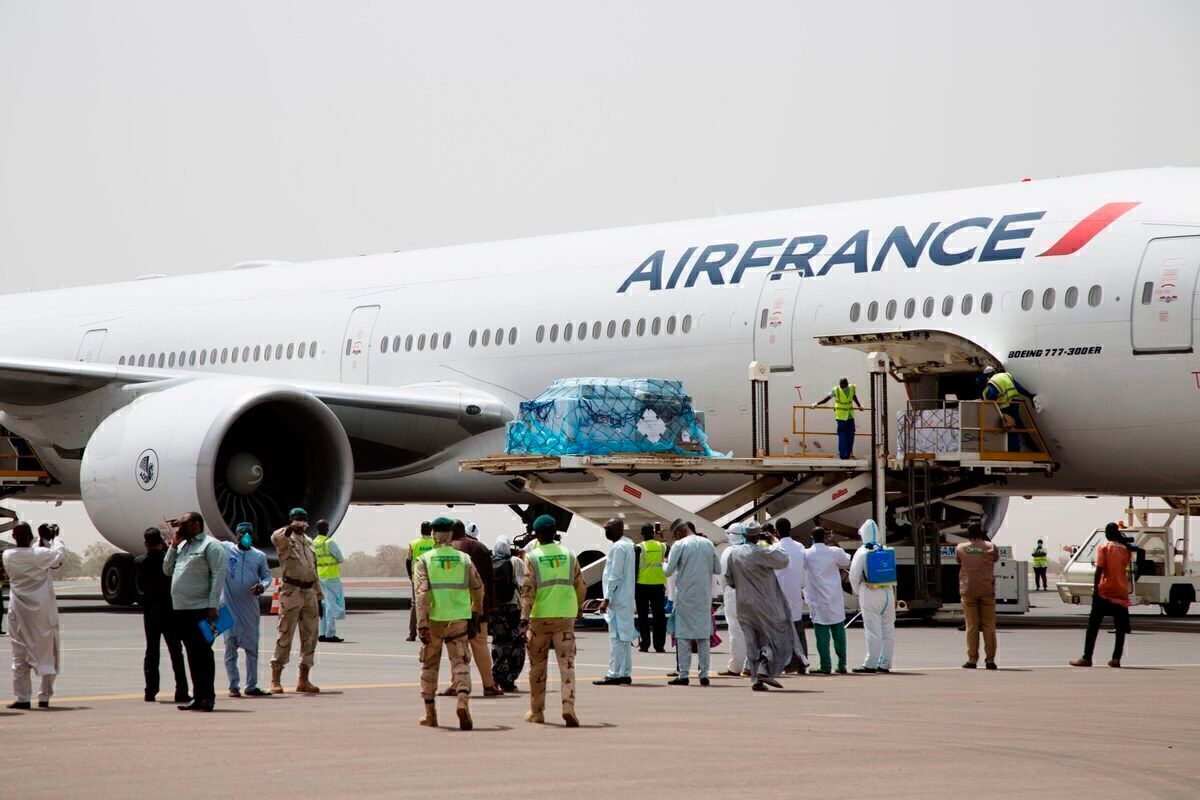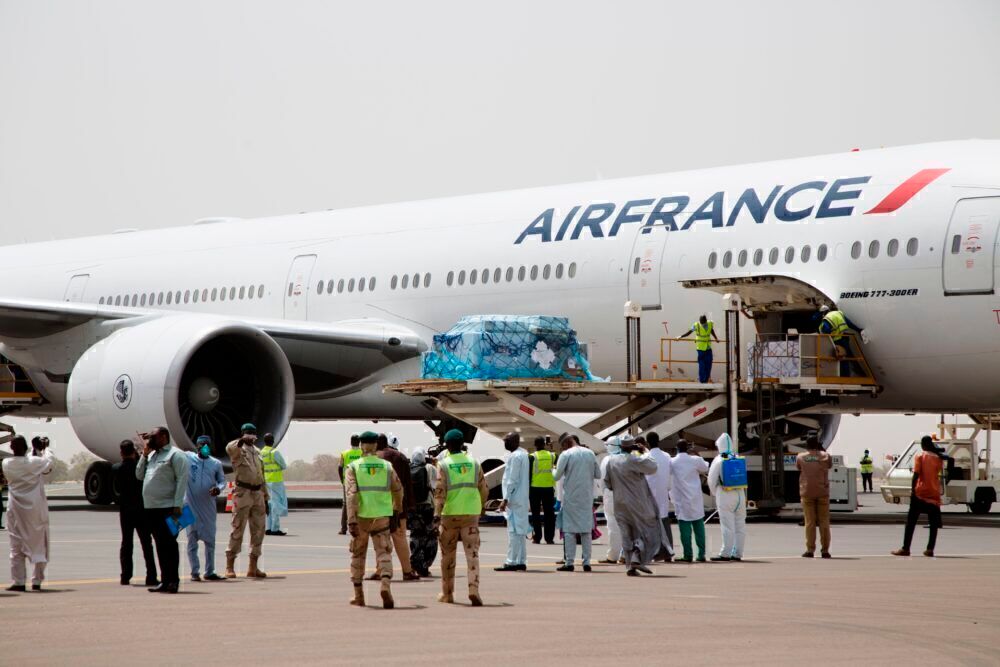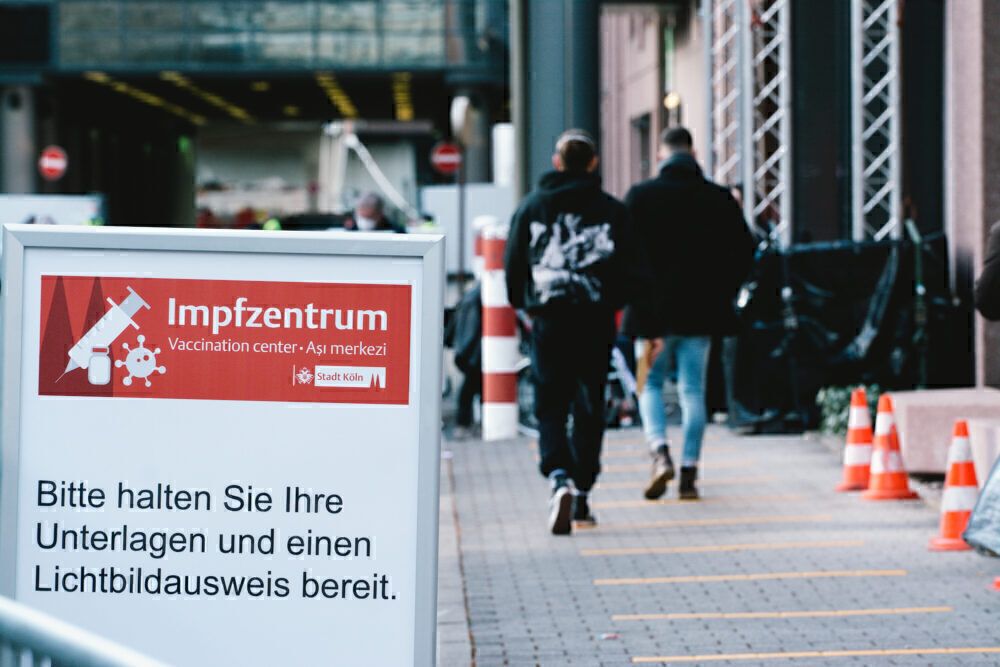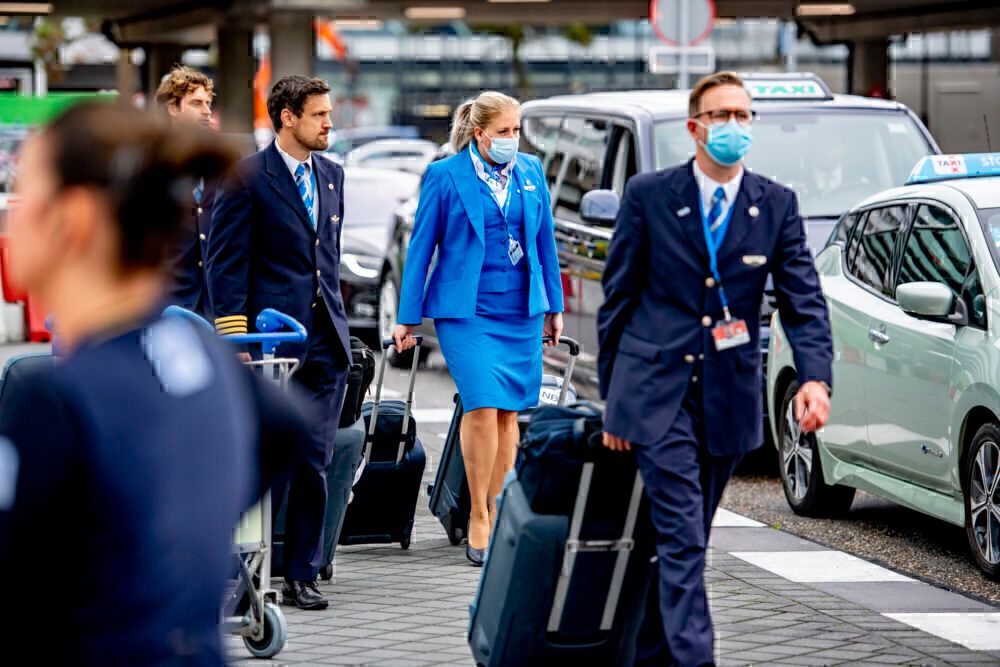With vaccination programs underway around the world, the European Union Aviation Safety Agency (EASA) has issued a Safety Bulletin, which was produced through the work of its EASA Aircrew & Medical Department. With vaccinations taking place soon for transport workers in many European countries, EASA is recommending that aircrew wait between 48 and 72 hours after getting a vaccine dose before engaging in any "flight-related tasks." Let's take a closer look at what Europe's civil aviation regulator is advising.
Transport workers should be vaccinated soon
The World Health Organization (WHO) is recommending that transport workers, including aircrew, get vaccinated in later phases of vaccine administration. This would likely take place behind health care workers and persons who are in a high-risk age group.
With different countries having different vaccination priorities and schedules, EASA has seen fit to issue a safety bulletin to ensure flight safety after the crew have had a dose. This bulletin was issued on March 25th.
"...It can be noticed that some adverse reactions can result following the vaccination. These side effects are generally mild and usually common to any type of vaccine, e.g. headache, mild fever, nausea, pain at the site of injection, dizziness, gastrointestinal disorders, lymphadenopathy, thromboembolic events, etc." - EASA Safety Information Bulletin 2021-06
EASA also noted that these side effects occurred more frequently between 12 and 48 hours following the vaccination. In isolated cases, side effects could last up to seven days.
However, severe side effects were found to be extremely rare and were cited to be more frequent among persons with multiple allergies. Furthermore, it was found that these effects tended to appear immediately, in the first 30 minutes following the vaccination. Side effects were also reported more frequently following a second vaccine dose.
What is EASA recommending?
EASA states that side effects "may be further enhanced by in-flight conditions while at cruise level, such as lower air pressure and mild hypoxic environment." While no evidence is yet available regarding the impact of side-effect-severity during flight, EASA would rather not take the risk and thus recommends the following:
- Operators and aircrew members should consider a waiting period of 48 hours after each dose of the COVID-19 vaccine before engaging in any flight-related tasks.
- This interval could be extended to 72 hours for aircrew members performing single crew operations.
It adds that aircrew members should consult with aeromedical examiners (AMEs) if side effects persist for more than two days after a vaccination. AMEs should therefore encourage aircrew to consult them when it comes to vaccinations and their side effects.This is a summary of the safety bulletin, which has more specific instructions for AMEs and NCAs (national competent authorities). The full bulletin can be found here.
Stay informed: Sign up for our daily and weekly aviation news digests!
Bottom line
This seems like a smart, pre-emptive move by EASA. With attention focused on getting everyone vaccinated, monitoring side-effects and providing safety protocols after vaccination may not get as much attention.
What do you think of EASA's recommendations? Let us know in the comments!




